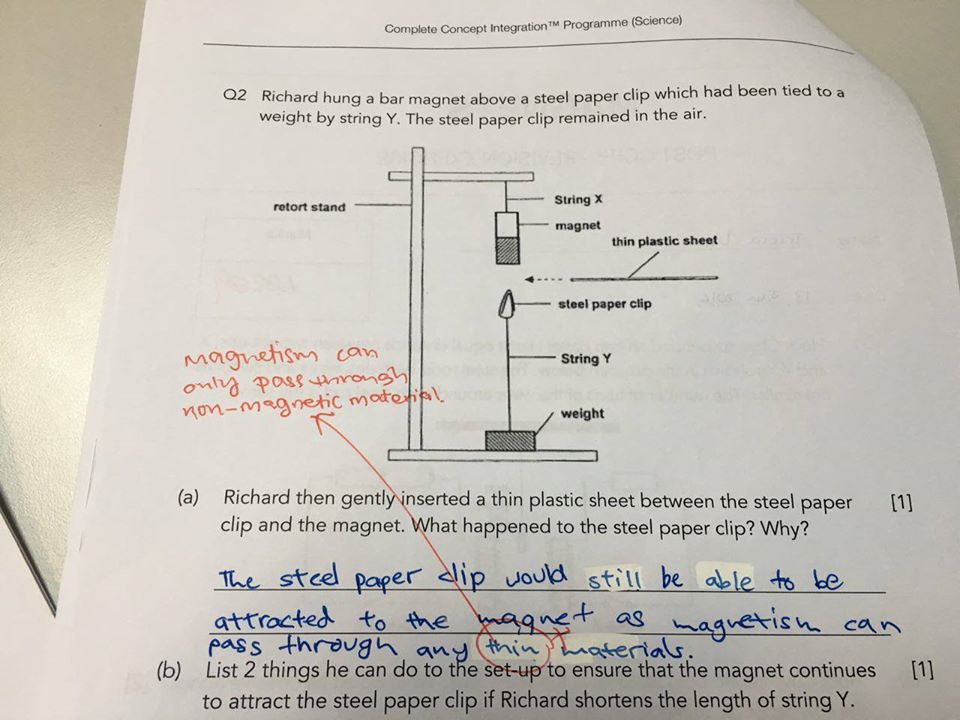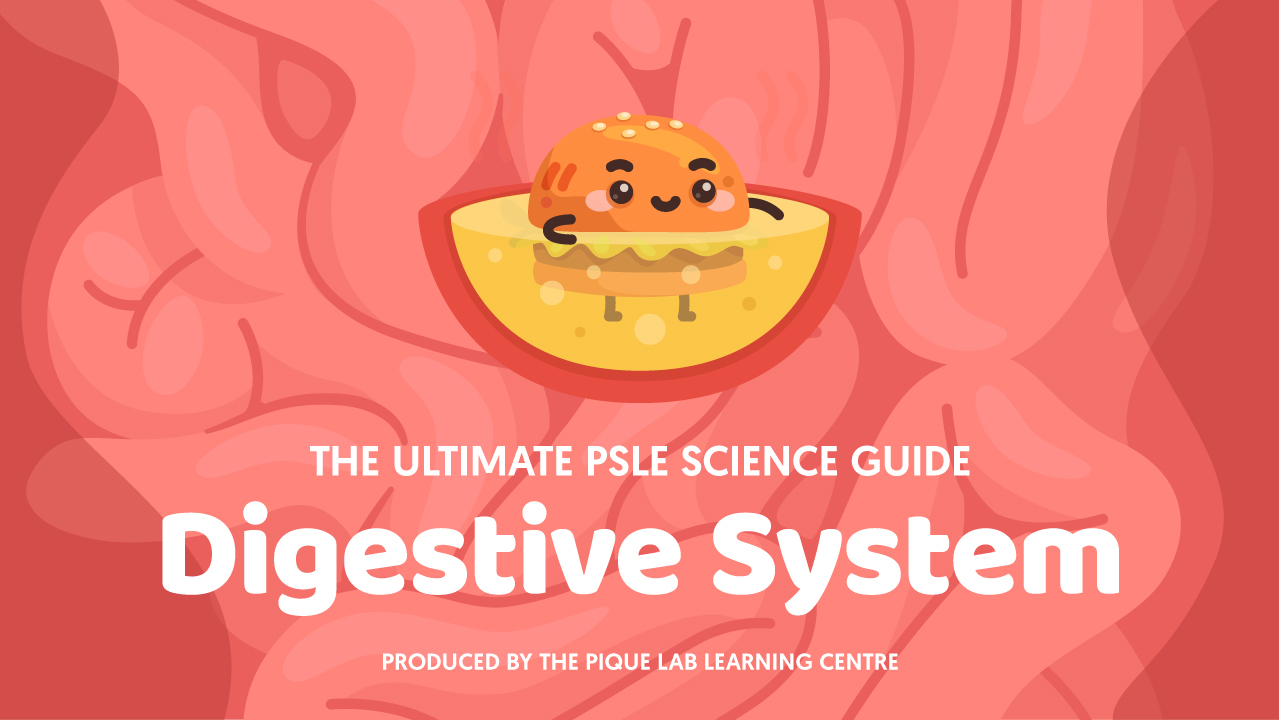As the CA1 Science examination is fast approaching, I have been working on topics that are seemingly simple but have caused quite a number of my students to stumble and lose marks during their examinations.
Read Also

As seen in the example above, students tend to have misconceptions that they are unaware of. This applies even for topics commonly considered simple, such as the topic of Magnets which is typically taught in Primary 3. Hence, in this article, I’d like to share another common pitfall I’ve noticed students making during examinations.
Question:
What will you observe if I place a copper sheet between the magnet and the paper clip?
Answer:
The paper clip will still remain attracted to the magnet, as copper is not a magnetic material. Thus, the magnet can still act from a distance and its magnetism can pass through the copper sheet, which is a non-magnetic material, to attract the steel paper clip, which is a magnetic material.
Note:
Students also often assume that all metals are “magnetic” materials.
They also often confuse copper (non-magnetic) with cobalt (magnetic), because they start with the same letter “C”.
Similarly, consider setting up a closed electric circuit with copper rods coiled with wires, a battery and a bulb.
The bulb will still light up as copper is a good conductor of electricity.
However, the copper rod will not become an electromagnet as it is not a magnetic material. (Do not automatically assume that any metals used can become an electromagnet just because the bulb lights up!)
Hopefully, this would be helpful in clarifying concepts that link the topics of Magnetism and Electricity 🙂

If you like our methodology, we’ve some upcoming workshops:







